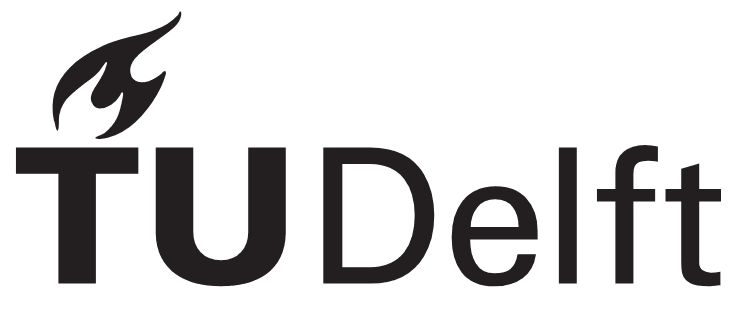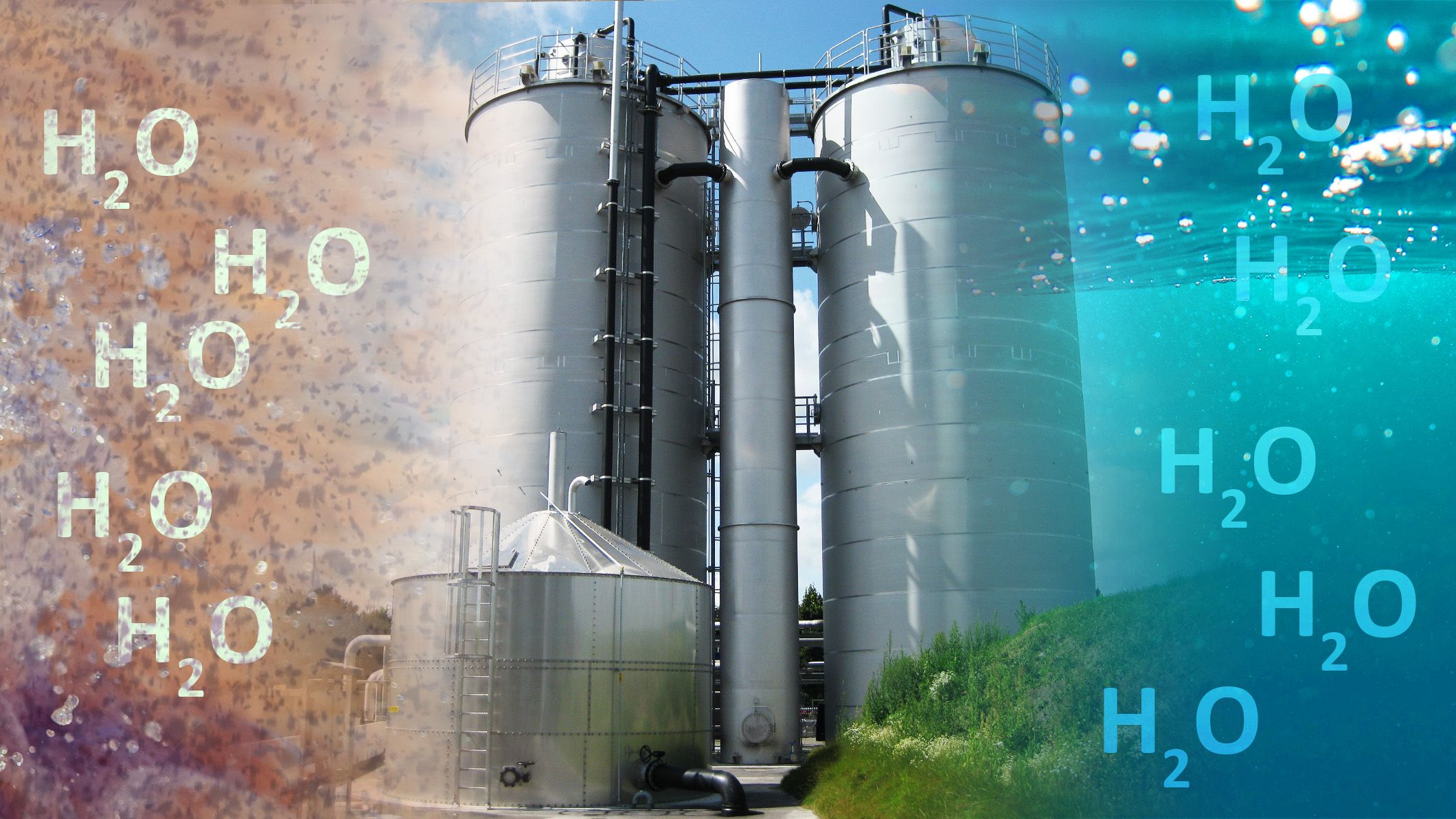High-Rate Anaerobic Wastewater Treatment
In this course you will learn about this state-of-the-art technology from anaerobic experts. You will also develop your skills in anaerobic reactor design and operation to better handle the current environmental challenges and global energy crisis.

Delft University of Technology

IWA members get 10% discount on this course
Starts
Oct 22, 2025
Language
EnglishCertification
Accredited by CIWEM: 30 CPD creditsDuration:8 weeks
Course Type
OnlineMember fee: $895.50
Standard fee: $995.00
Course Description
Anaerobic wastewater treatment is one of the most energy-efficient technologies for treating wastewater. With minimal energy requirements and the conversion of organic pollutants into renewable energy-rich biogas, there’s a double energy gain – a serious benefit both for now and in the future.
In this course you will learn about this state-of-the-art technology from anaerobic experts. You will also develop your skills in anaerobic reactor design and operation to better handle the current environmental challenges and global energy crisis.
After taking this course, you will not only understand the potentials of the system but also how to make process designs, evaluate anaerobic treatment processes, and operate high-rate anaerobic reactors efficiently.
Anaerobic Treatment
Anaerobic digestion converts organic waste into a gaseous energy carrier without consuming (fossil) energy. The process is commonly used in engineered applications for treating organically polluted (industrial) wastewater, organic solid wastes and even sewage. However, its potentials are still largely unrealized, and many industries still install energy-demanding activated sludge processes, in situations where anaerobic technologies could have solved their problems and brought benefits to the industry.
After decades of successful operational experience, nowadays over 5,000 reactors are installed worldwide. Modern high-rate reactors are very compact and allow volumetric loading rates reaching 30-40 kg COD/m3 per day, with an energy output up to 400 MJ/m3 reactor per day. The excess sludge production from these reactors is low in amount and very high in quality. It even has a market value!
For specific industrial wastewaters a more profound understanding of anaerobic conversion processes is required especially if an anaerobic reactor suffers from sudden failures. A well-trained process engineer has a good knowledge base, can perform laboratory tests, and can evaluate why failures occur. With the correct diagnostics, remedial actions can be proposed to regain the full potential benefits of a high-rate anaerobic system.
This course offers a mix of academic knowledge and empirical insights obtained at full-scale plants. It includes presentations of the world market leaders Paques B.V. and Biothane-Veolia, and it offers a virtual excursion to a full-scale high-rate anaerobic reactor.
IWA Members can avail a 10% discount on the ConnectPlus platform!
Course Audience
The course is ideal for students, academics, consultants, and practitioners in the field of environmental engineering and/or sanitary engineering. It will deepen your knowledge of anaerobic wastewater treatment and provide valuable background information for anybody interested in the field. Participants from developing countries and countries in transition are especially welcome, as this is the right moment to acquaint yourselves with and choose more sustainable solutions in waste and wastewater management, establishing your own energy factory. Since energy benefits may amount to several million euros per year, end-users working in the food and beverage industry, chemical companies, pulp and paper mills, etc., can also benefit from the course.
Learning Objectives
By the end of this course participants will be able to:
- Explain the concepts and advantages of high-rate anaerobic treatment
- Make a mass balance over you anaerobic reactor and calculate the methane production potential based on the residual water characteristics
- Recognize the key factors affecting high-rate anaerobic treatment
- Identify the development and the key features of high-rate anaerobic reactors, and identify the challenges and potentials for a specific high-rate anaerobic technology
- Acquire the ability to design upflow anaerobic sludge blanket (UASB) reactors under specific conditions, and identify the procedures needed to start-up UASB reactors with low grade seed material
- Identify the most important anaerobic laboratory tests, acquire the theoretical knowledge to assess the maximum capacity of anaerobic sludge, and the biomethane or toxicity potential of waste(waters)
- Recognize the current application of high-rate anaerobic treatment technologies in practice. If you successfully complete this course you will earn a professional education certificate and you are eligible to receive 3.0 Continuing Education Units (CEUs).
Learning Format
Related IWA Specialist Groups
Design Operation and Costs of Large Wastewater Treatment Plants
This Group aims to enhance the design, operation, and economics of large wastewater treatment plants, fostering knowledge exchange for improved sanitation, reduced resource consumption, and resource recovery. Key concerns include plant design, operation, reuse options, energy efficiency, optimization, sludge management, and meeting new effluent requirements. Transformative developments such as aerobic granular sludge and micropollutant elimination via PAC/ozone are focal points. The group hosts specialized conferences every four years, rotating between Vienna, Budapest, and Prague, providing a platform for researchers and practitioners to discuss advancements and promote the successful implementation of research findings in wastewater treatment.